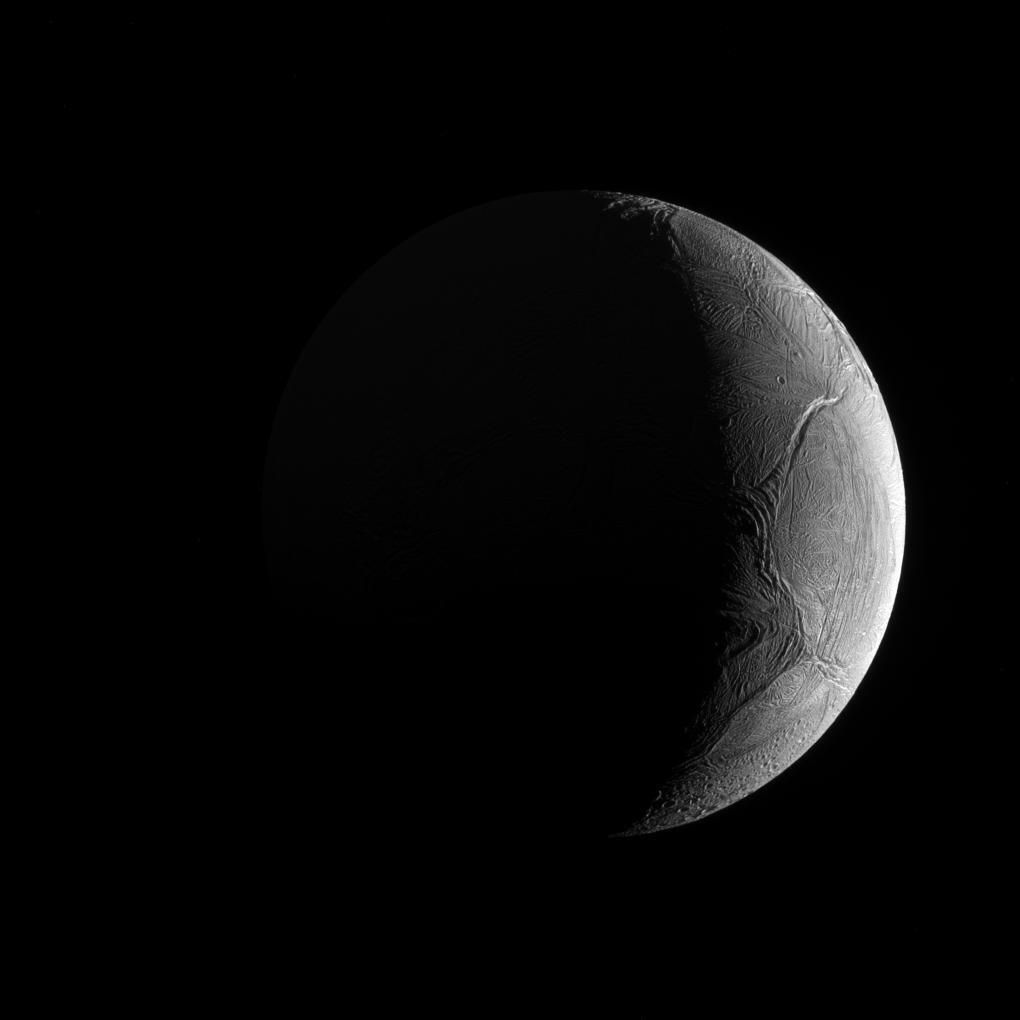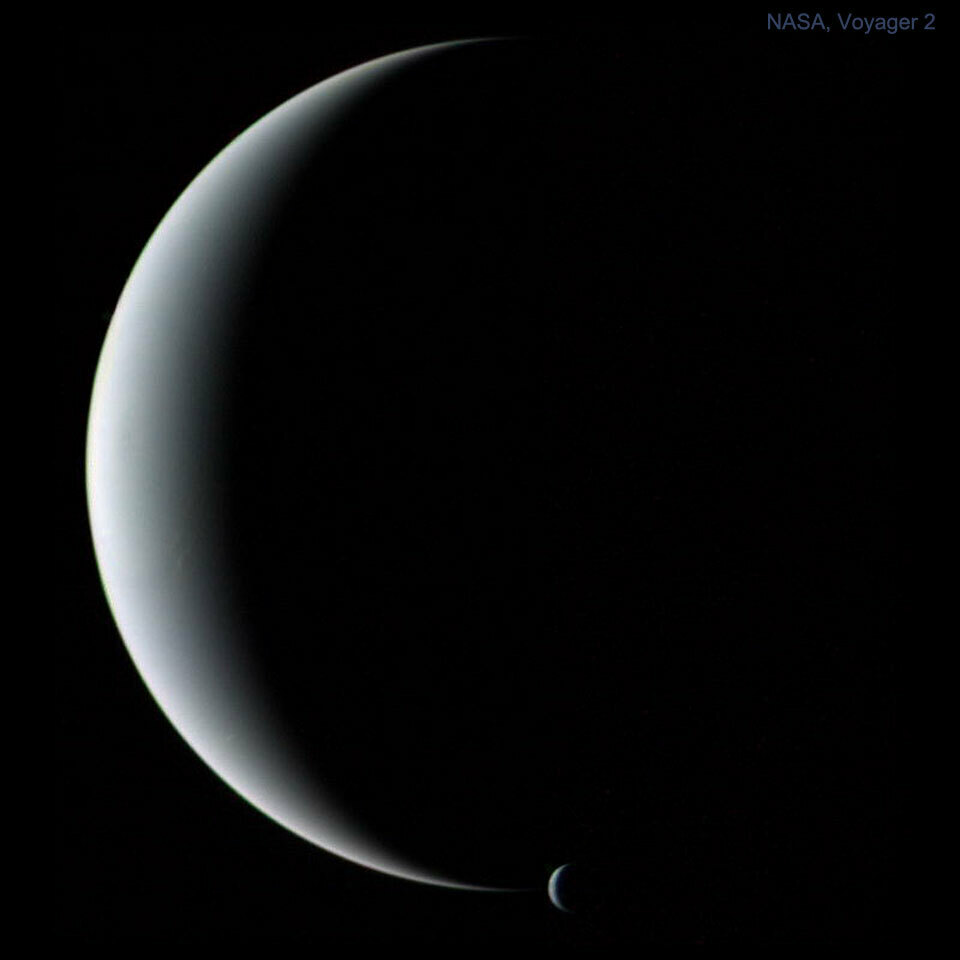#crescent
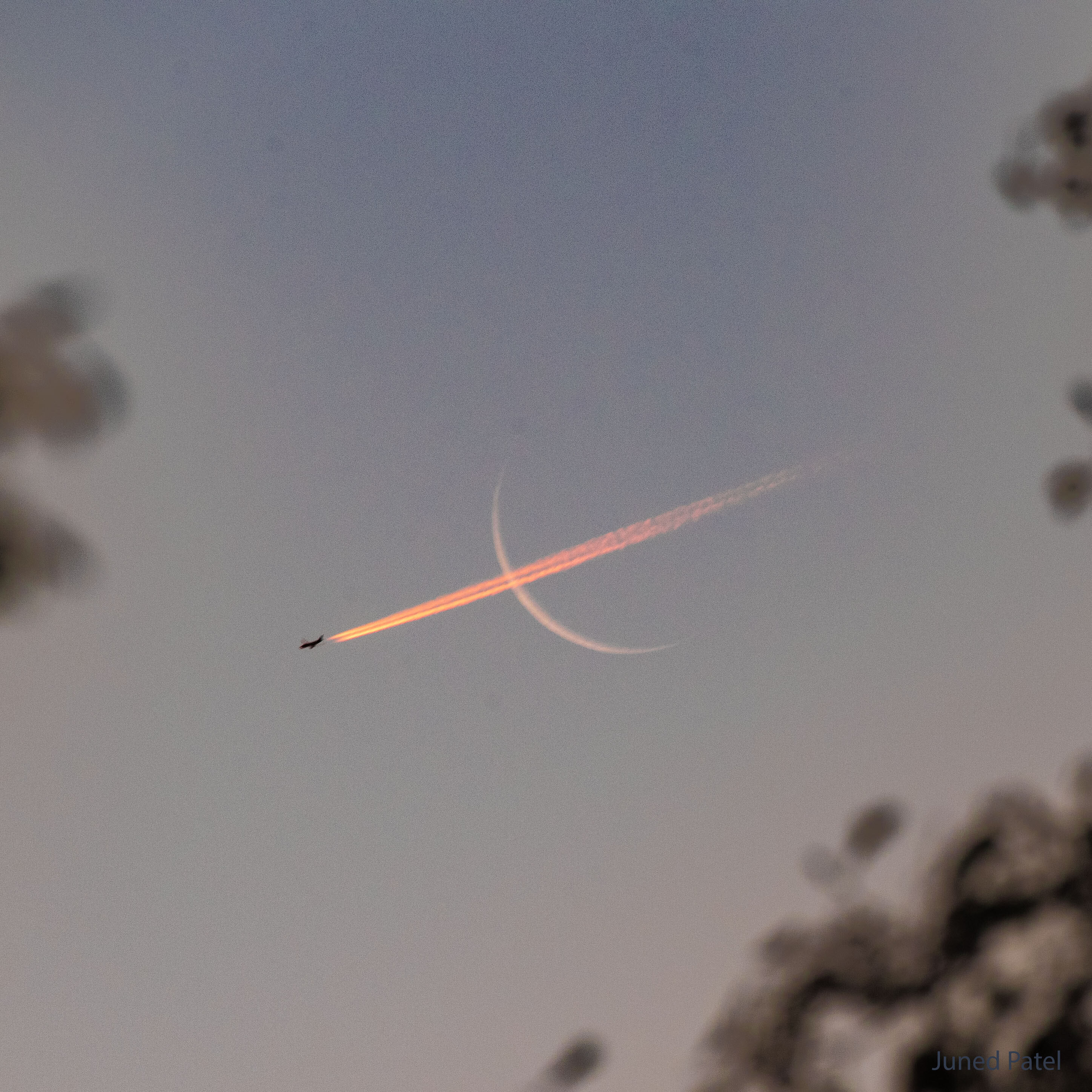
#Plane Crossing #Crescent #Moon
#Astronomy #Picture of the Day
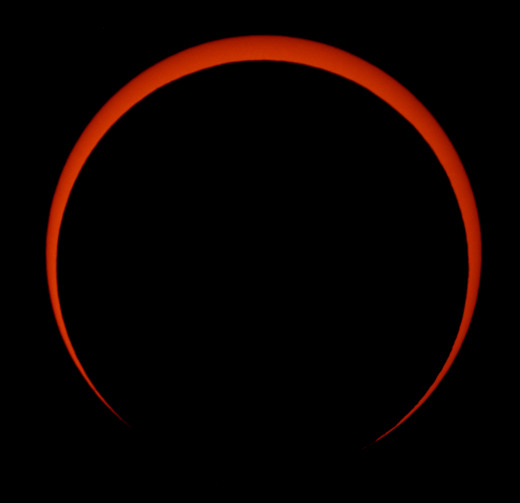
VERY DEEP #CRESCENT: "Annular eclipses produce amazing #crescents," says Eliot Herman, who, on Oct 14th, photographed this one from the path of annularity near Albuquerque New Mexico:
"I captured this picture using a Questar telescope, Questar Solar filter, IR cut filter and a Nikon Z7II," says Herman. "Questars have been used by eclipse chasers for decades and have a historic relationship with #eclipse #photography. To use one for this purpose feels like it links to eclipses of the past."
The Questar gave this crescent a truly vintage vibe. But who needs a telescope? Other photographers captured the eclipse using crackers, pine needles, colanders, lemon squeezers, lawn chairs, leafy trees, mirrors, human fingers, dogs and more. Browse the Realtime Solar Eclipse Gallery for a tour de force of astrophotographic ingenuity.
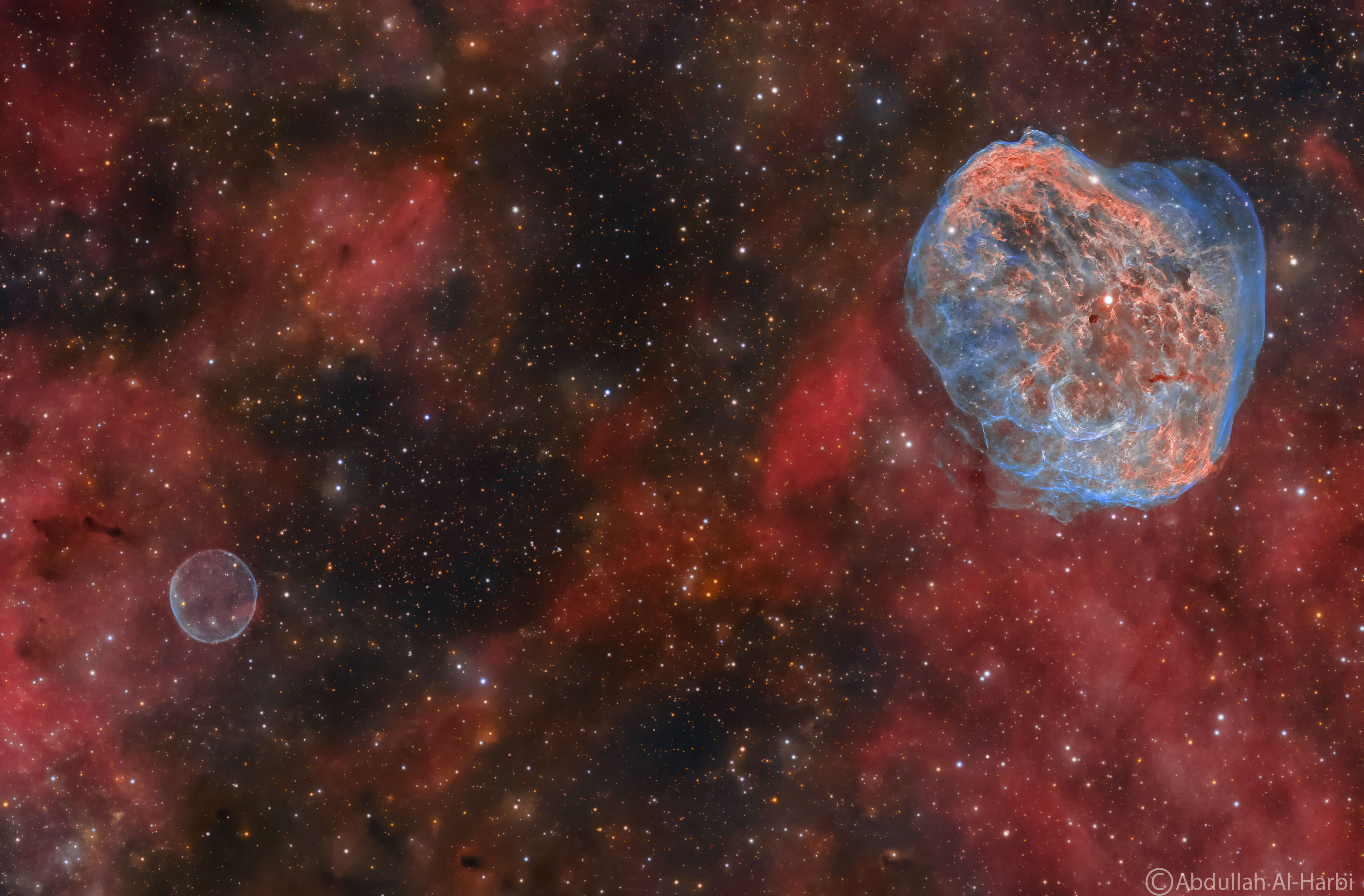
#Cygnus: #Bubble and #Crescent
#Astronomy #Picture of the Day
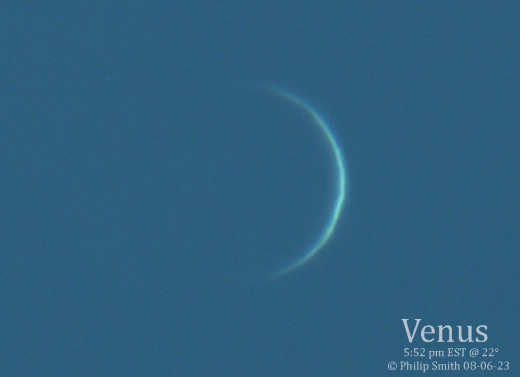
Observing #Venus this week may be one of the most dangerous things you can do with a telescope. The planet is only 12 degrees from the #sun. The results, however, are undeniably #beautiful:
Philip Smith took the picture in broad daylight on Aug. 6th from his home in Manorville, NY. "This is exactly how it looked," he says. "The colors have not been altered."
Like the Moon, Venus has phases, and at the moment it is a marvelously thin #crescent. This only happens during a special time called "inferior conjunction" when Venus passes between the sun and Earth. This year's inferior conjunction is less than a week away on Aug. 13th--so now is primetime for catching the crescent.
Smith explains how he did it: "The hardest part was finding Venus with the sun so nearby. I put solar filters on my telescope and started with the sun to get a good sharp focus. Then I had the telescope go to Venus. I took off the finder scope's solar filter first and put my hand behind it to make sure the sun was not in its path. Then I removed the main telescope's solar filter--and all was good!"
At closest approach on Aug. 13th, Venus and the sun will be separated by a little more than 7 degrees. This means careful daytime shots of Venus will be possible throughout the conjunction.
https://spaceweather.com/
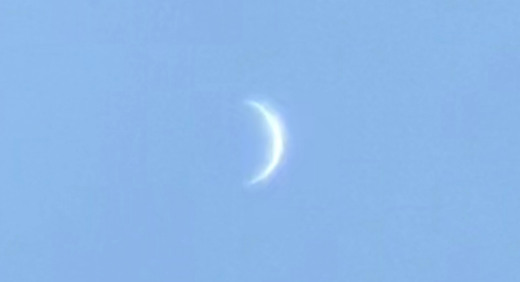
#CRESCENT #VENUS: Yesterday in Bayside, New York, Elias Bonaros saw a bright silvery crescent in the daytime #sky. It wasn't the Moon. "It was Venus!" says Bonaros, who photographed the second planet in broad daylight:
Like the Moon, Venus has phases, and that is why it sometimes looks like a crescent. The next two weeks are a good time to observe this phenomenon. On Aug. 13th, Venus will pass almost directly between Earth and the sun--an event astronomers call "inferior conjunction." Between now and then, Venus will be turning its nightside toward us, transforming itself into a dark disk outlined by a curved sliver of the planet's sunlit cloudtops.
At closest approach on Aug. 13th, Venus and the sun will be separated by a little more than 7 degrees. This means careful daytime shots of Venus will be possible.

#Apollo17: The #Crescent #Earth
#Astronomy #Picture of the Day

Avril / April
À l'orée du mois
Viennent les temps de passages
Lunaison fatale
Onset of the month
Here come the times of passings
Fatal lunation
#photo #photographie #photography #maphoto #myphoto #mywork #CC #BY-NC-ND 4.0
#nature #lune #moon #croissant #crescent
#haiku #HaikuDominical #HaikuSunday
As the #sky was brightening but before the #sun had risen, the #Moon made its appearance in the east. It is in its #WaningCrescent #phase and probably the last time I will be able to #photograph it in this cycle (there's a storm forecast for tomorrow and it will rise very close to the time of #sunrise).
#Exposure time of 1/200 s.
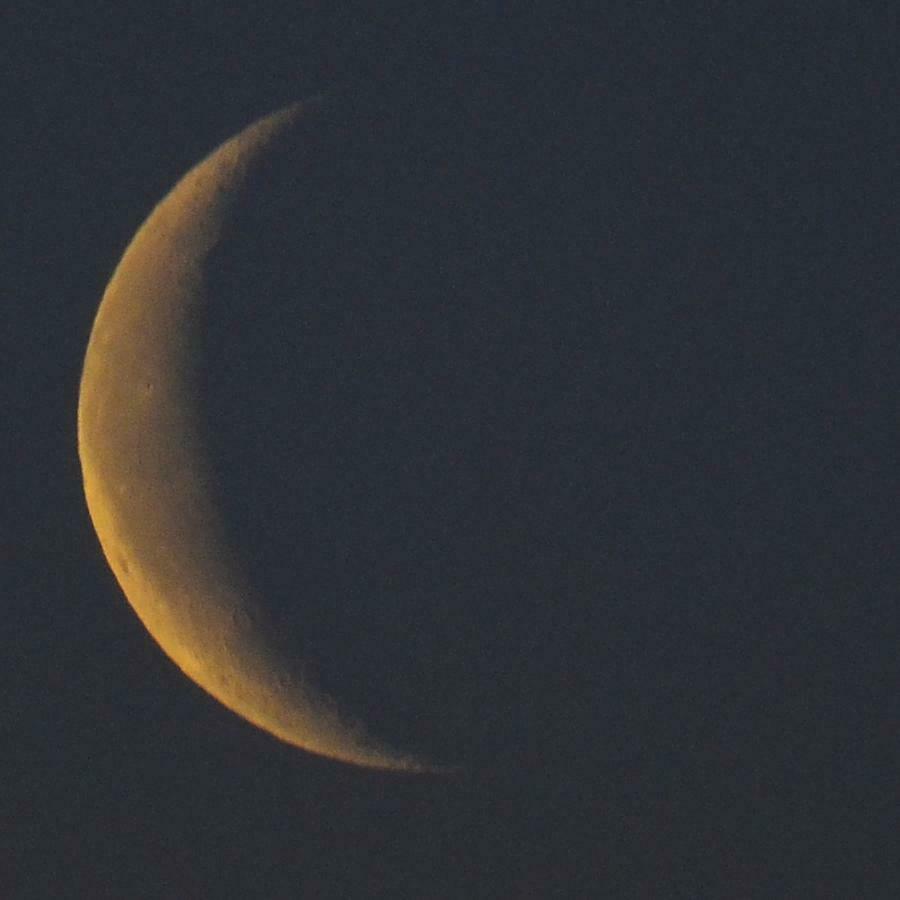
#MyWork #MyPhoto #CCBYSA #DSLR #Nikon #D7000 #BackyardAstronomy #AmateurAstronomy #Crescent
Lune finissante / Closing Moon
De l'an révolu
Ce matin offre un vestige
Joli, celui-là...
Of the dreadful year
This morning showed a remnant
Nice one, for a change...
#wk3 encore en rade de SSL; bascule sur le pod de secours...
Yet another expired certificate on wk3, switching to backup pod...
#photo #photographie #photography #maphoto #myphoto #mywork #Nikon #CC #BY-NC-ND 4.0
#haiku #HaikuDominical #HaikuSunday #matin #morning #croissant #crescent #Lune #Moon
